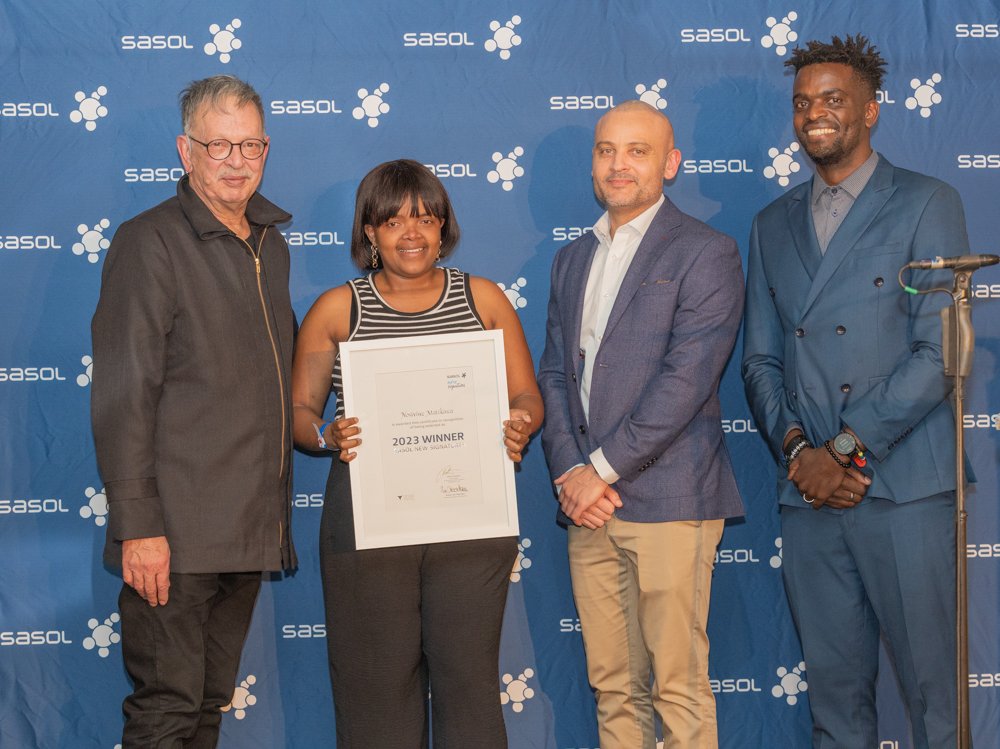
The moment you hear Matikinca speak about her winning work, Ndiziphiwe – They were given to me, her passion is clear. Imperative to her process, the Sasol New Signatures 2023 overall winner reflects on the reciprocity of human exchange, “I find people to be very interesting subject matter; how we act, the emotions we portray and how we express ourselves with different people and environments.”
As she stepped up to the stage to accept her well-deserved award, the artist’s tears spoke more than her work. Influenced by her community, she remarked, “My piece is about those learners who come from less privileged backgrounds, and whose parents cannot afford to buy them new school shoes. They wear shoes given to them by their friends and relatives.”
The hand-me-down shoes behind the artist's installation embody the journeys walked by their respective owners. In poorer communities throughout the country, an old pair of shoes is not thrown away when it is still wearable, it is seen as precious. By immortalising these shoes through the ceramic slip-casting method, they have been given a new purpose. This process also enables the artist to capture the essence of the used shoes, including every mark, scratch and hole. As ceramic sculptures, the shoes have been symbolically restored, but are also very fragile and breakable. This fragility is a metaphor for the precarity of the public schooling system of our country, where many black South African learners are subjected to sub-standard education.
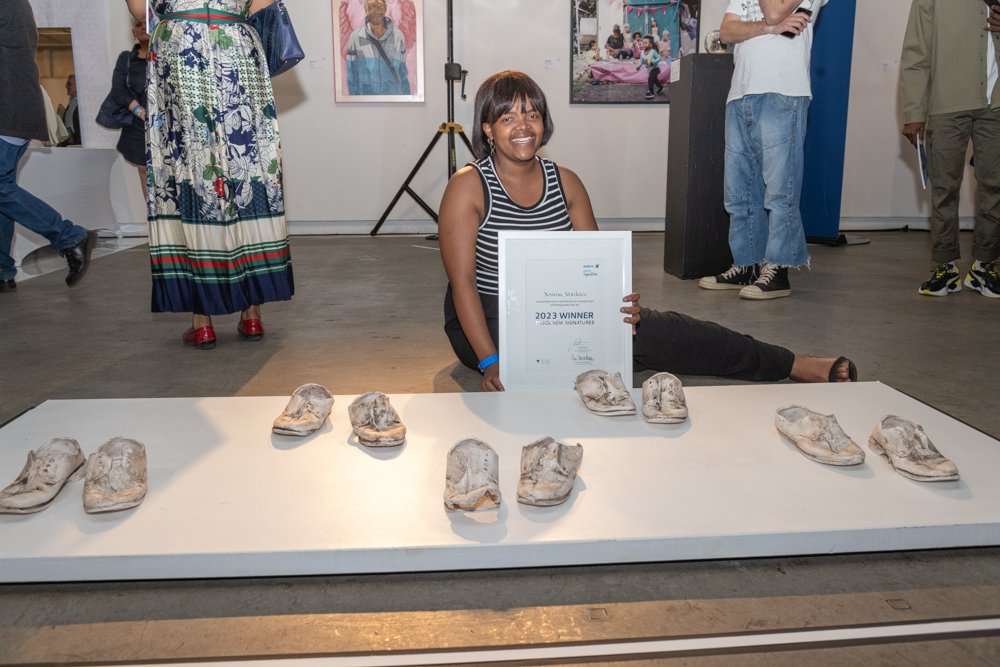
Says the artist, “I think my work was chosen because it is unique. My concept was relatable and people were able to engage with the story I was portraying.” When asked how she hopes viewers will react to her work, Matikinca asks that they remember a certain person, place or feeling. "I hope they get inspired to create their own stories," she adds.
As soon as you see the ripped seams, crease lines, holes, scratch marks and missing inners, there’s a pang in your chest. I remembered my own childhood, watching my fellow classmates walk to school barefoot while I donned my own holy-toed Bata’s. We were lucky our feet didn’t grow much because these “needed to last all through primary school”. Come high school, there was more of an issue, but by then we had our own system of finding a place for hand-me-downs (and not only for school shoes or clothes, washed out and dulled as they were; even our “hungry” GoldStars managed to tread through the sand and mud, our socks weren’t happy though). If one of our family members didn’t have anything in your size, you could rely on the lost and found or go to church groups and community centres and ask around there. If not, a walk to the nearby hospice, a neighbour or charity shop might bring some luck.
All I know, and all anyone should take from Ndiziphiwe – They were given to me, is that the struggle is real and genuine and something children shouldn’t be punished for or exposed to. When you take into account the artist's intention to highlight second-rate education in South Africa, the symbolism is even more paramount.
The brilliance of Matikinca’s ceramic technique is the key to its effectiveness, the story of under-educated South Africans – through no fault of their own – resonates. For Dr Alastair Meredith, senior art specialist at Strauss & Co, Ndiziphiwe – They were given to me is “tactile, evocative and beautiful”. You can definitely sympathise.
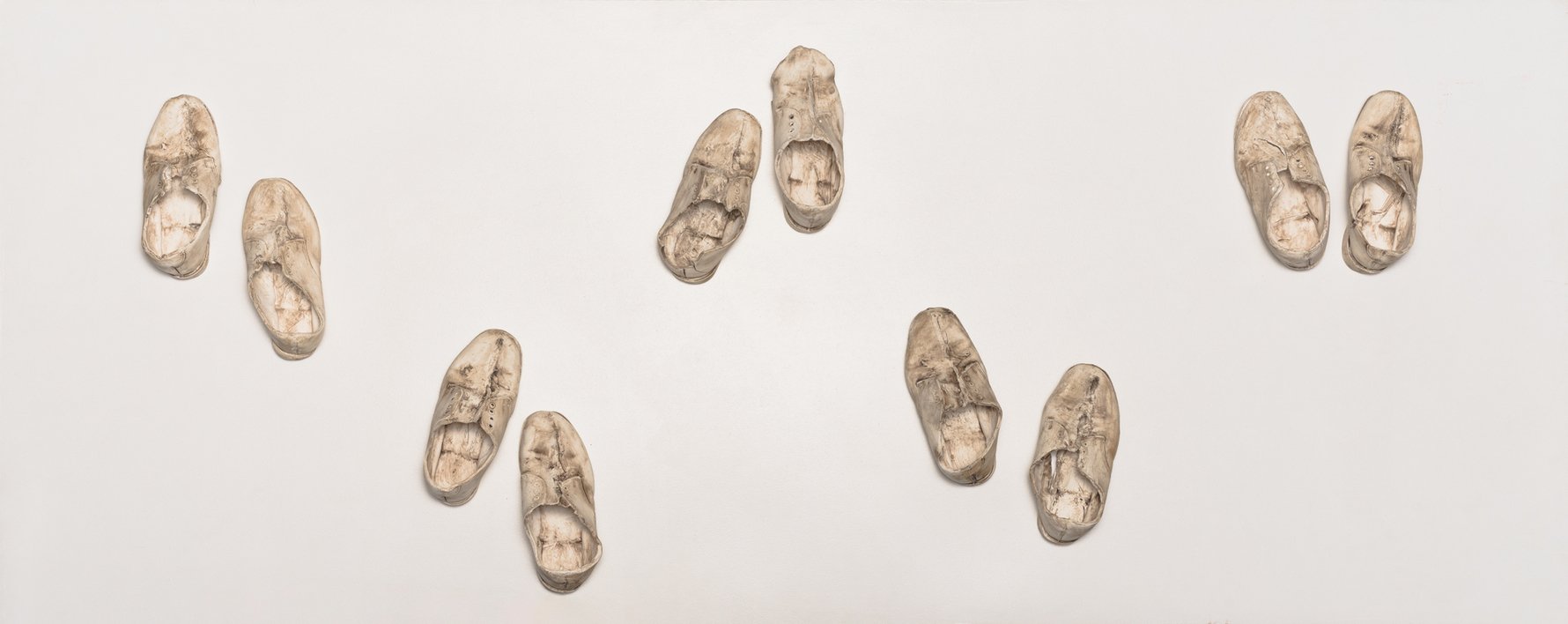
Even today, as the artist focuses on her studies as a young adult, the issue is still true: “While collecting these shoes in the township, some people didn’t have an old pair to give me because they only had the one they were currently wearing to school.” So she had to improvise. Her message wasn’t clear without a large collection of school shoes, and that’s when her lecturer suggested she make a mould and cast the shoes in slip, a ceramic casting technique. “The slip really captured the essence of the shoes, every cut, tear and the journey of each learner. This material is very fragile, and it makes whatever you cast with it a precious piece.”
Sure, we get older, we survive, and for some, it gets better, but the fact is that, for most South Africans, it doesn’t. This is the point Matikinca makes. These shoes, scruffy as they may be, are precious to the wearer because it’s all they have. It’s also indicative of a larger issue. These young children only have the education that their government has put in front of them, located in their area. There is no better option. The delicacy of a child’s ego, the fragility of their way of life and the intricacies of their daily struggle are palpable, and the use of ceramics to convey this message is the perfect material to tell these stories.
Only 20% of South African government schools provide a quality education, while 80% are “dysfunctional”. Today, our education system is ranked among the worst in the world, with the literacy crisis deepening (via Bizcommunity). With 18.2 million people living in extreme poverty as of 2022 (via Statista) it’s not easy to believe these kids will overcome these kinds of difficulties, which makes this piece even more poignant. There’s a real, possibly inevitable, risk that generational poverty and inferior education are what a lot of children will walk with until a better opportunity comes along to pull them out of it.
Pfunzo Sidogi, chairperson of Sasol New Signatures, says, “What separates the winning artwork from […] the rest of the top seven and finalists is the message behind the artwork. The story, the narrative and really Nosiviwe’s artwork – that’s talking about these hand-me-down shoes – was just a powerful message, and that the artist managed to capture that in a way that is artistically accomplished were the ingredients for a win.”
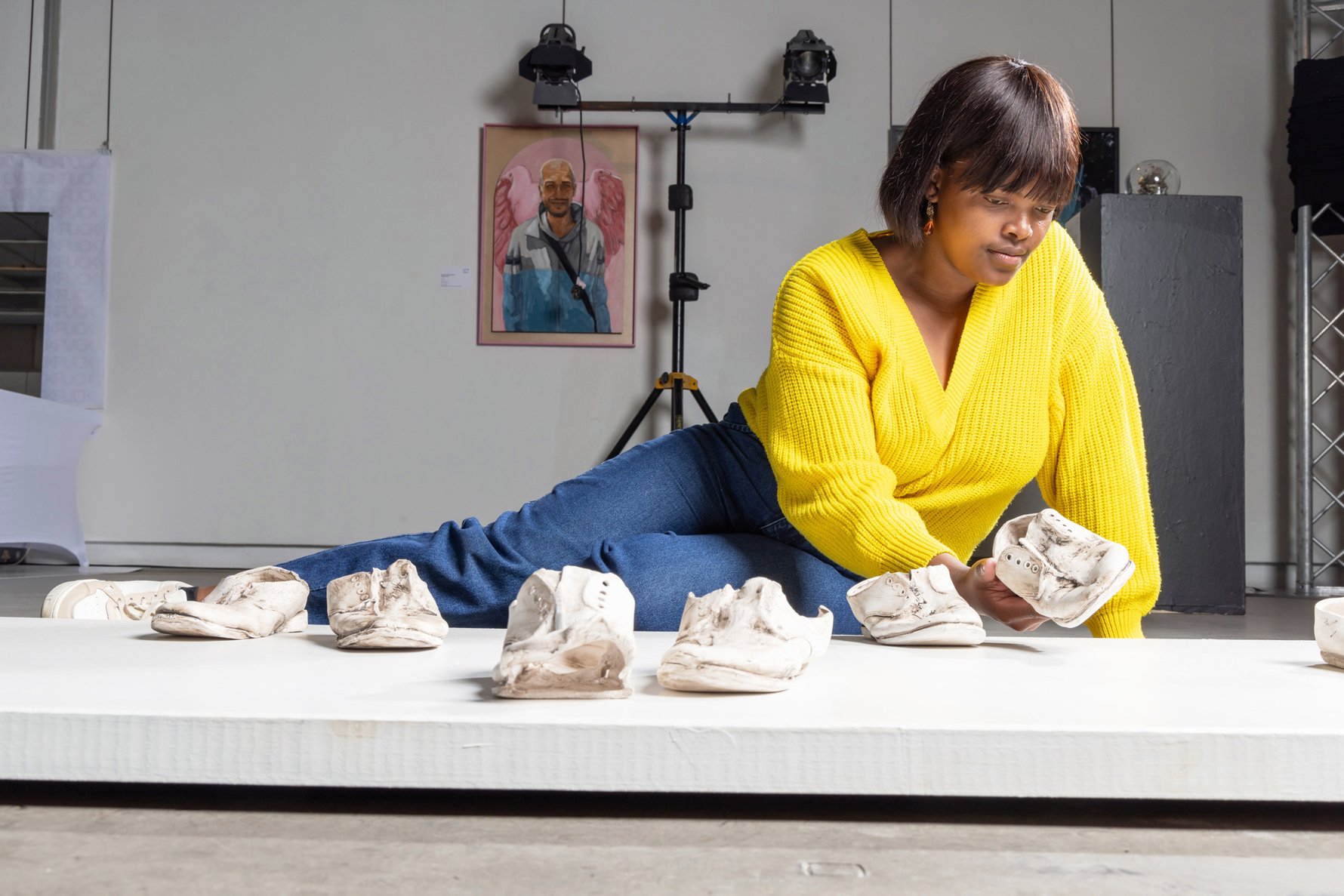
Pulling away from the bigger political picture, we can understand how sometimes, some kids can be cruel – even if they run in the same circles as you. They’ll comment on your shoes or make fun of them and ask about your broken shoes to which all you can say is, “Ndiziphiwe. They were given to me.” But now I ask you, dear reader, about the bad hand these kids are dealt. Do you think it’s fair? Ndiziphiwe – They were given to me asks the viewer to contemplate something more than the “struggling [insert category here] adult”. It asks us to look at the state of our youth, the state of their education, and to think about how they are affected by a system that refuses to change, and a wealth disparity that they cannot control, yet fall victim to.
Could you walk a day in these shoes? Moreso, would you survive and overcome with the grace and resilience these children do? For those below the middle-class line, this is the norm, it’s what they know and what they’re used to. But it shouldn’t be.
“This year, a lot of the works give out strong emotions. It inspires discussion. It can be thought-provoking, it can make you feel uneasy about things and that is what art is about; art is a reflection of our world and our society. So for us, it’s really just a way of contributing to the arts community and bringing through that new artistic talent,” comments Elton Fortuin, vice president of brand and communication for the Sasol Group.
“I personally found that the artist put in a lot of sensitive thought into the making of the shoes” – Visual artist Bongi Dhlomo-Mautloa
Can an artwork change the reputation of township schools in downtrodden neighbourhoods and start a fight for the rights and justice of children who have no other option but to walk in the skorokoro shoes of their predecessors? Perhaps not, but for the few in the room who witness the work and the reality of the situation, it opens our eyes to stories that need to be told, heard and corrected.
One thing is for sure, next year’s solo exhibition is going to shine more than a light on the underprivileged youth in South Africa, it’ll start a revolution of new legislation for our next generation, or perhaps invoke the necessary conversations around wage gaps, economic inequality, insufficient, yet standardised education, overpopulation in schools, underpaid teachers and the list goes on. Either way, the world needs to see what Matikinca comes up with next.
Encouraging emerging artists, Matikinca says, “My message to a young artist is: it’s possible. You follow your passion, you work hard, you eat, live, sleep what you do and one day, your time will come.”
Indeed, her hard work and dedication have paid off because, after getting a platform to showcase more of her works in a solo exhibition with Sasol New Signatures next year, Matikinca will join the ranks of inspiring artists like Gabrielle Goliath, Tracey Rose and Hannelie Coetzee who speak out for the voices who can’t.
The Sasol New Signatures Expressions Unbound group exhibition closes on Oct 29, 2023.


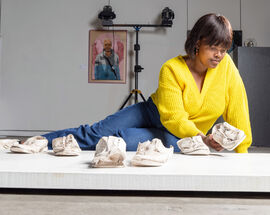
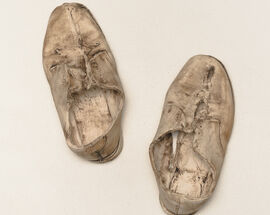
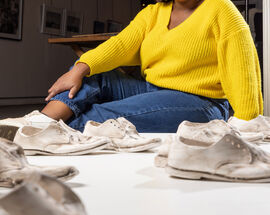


Comments